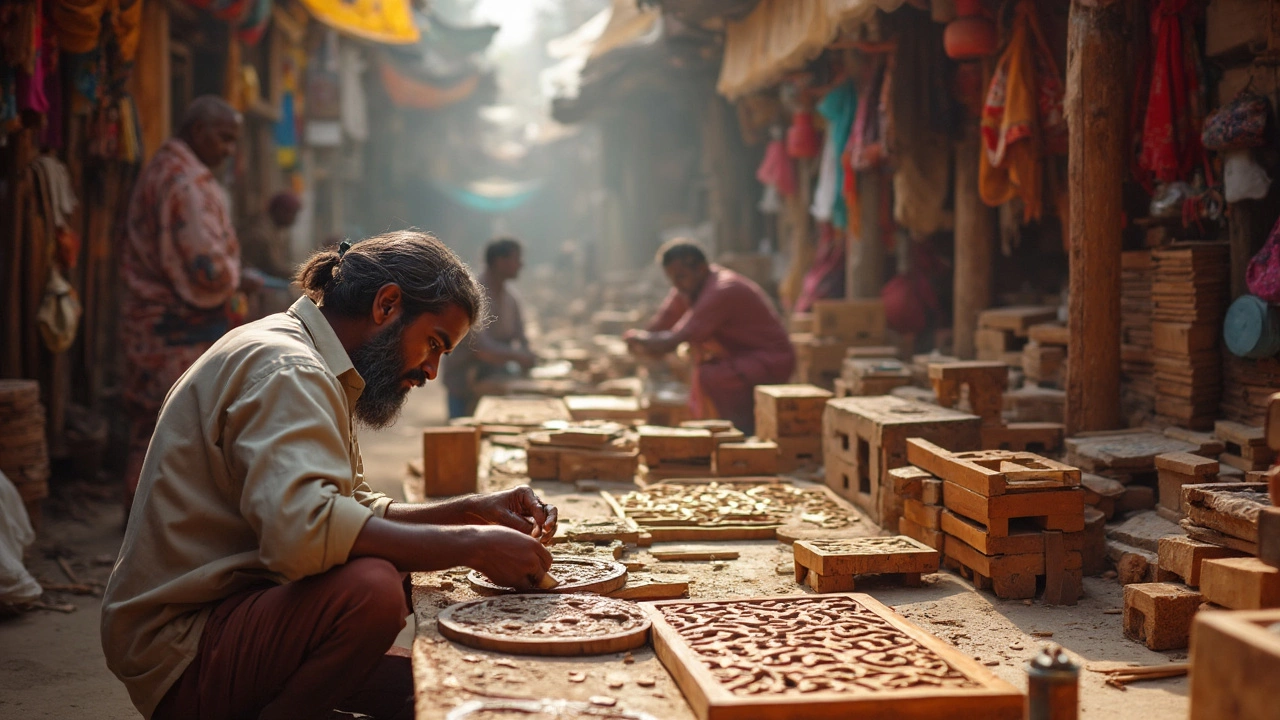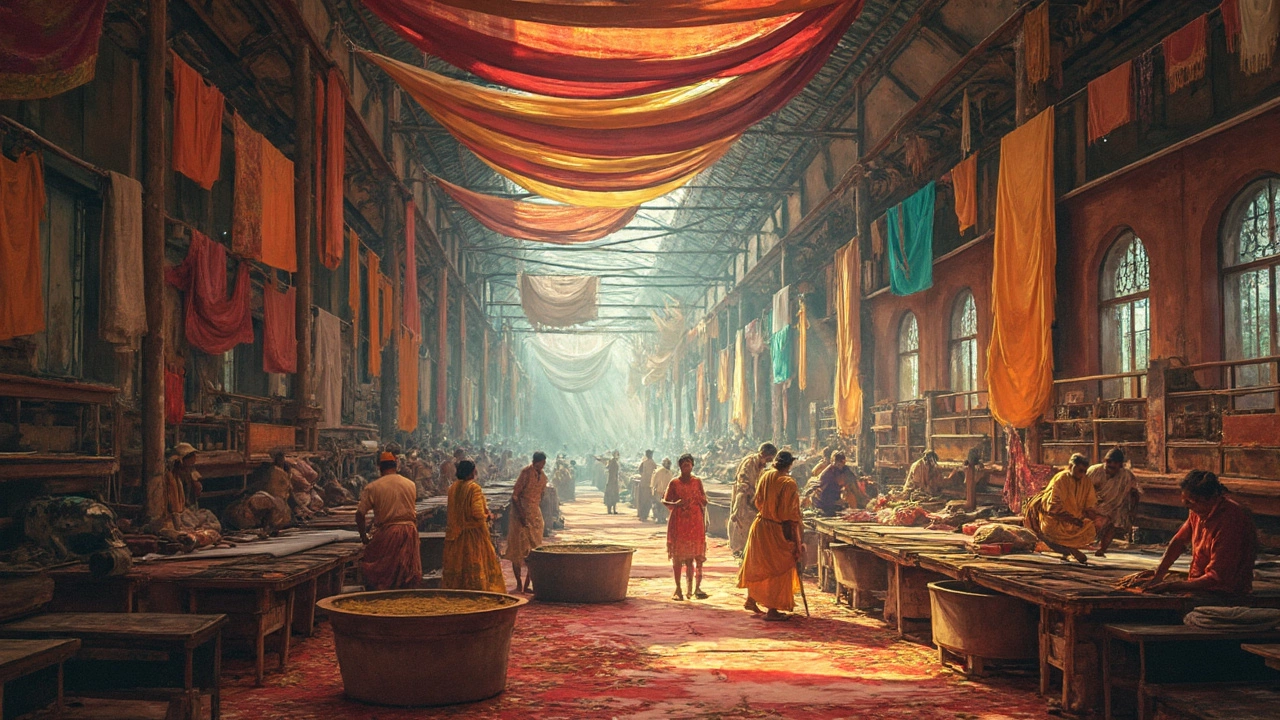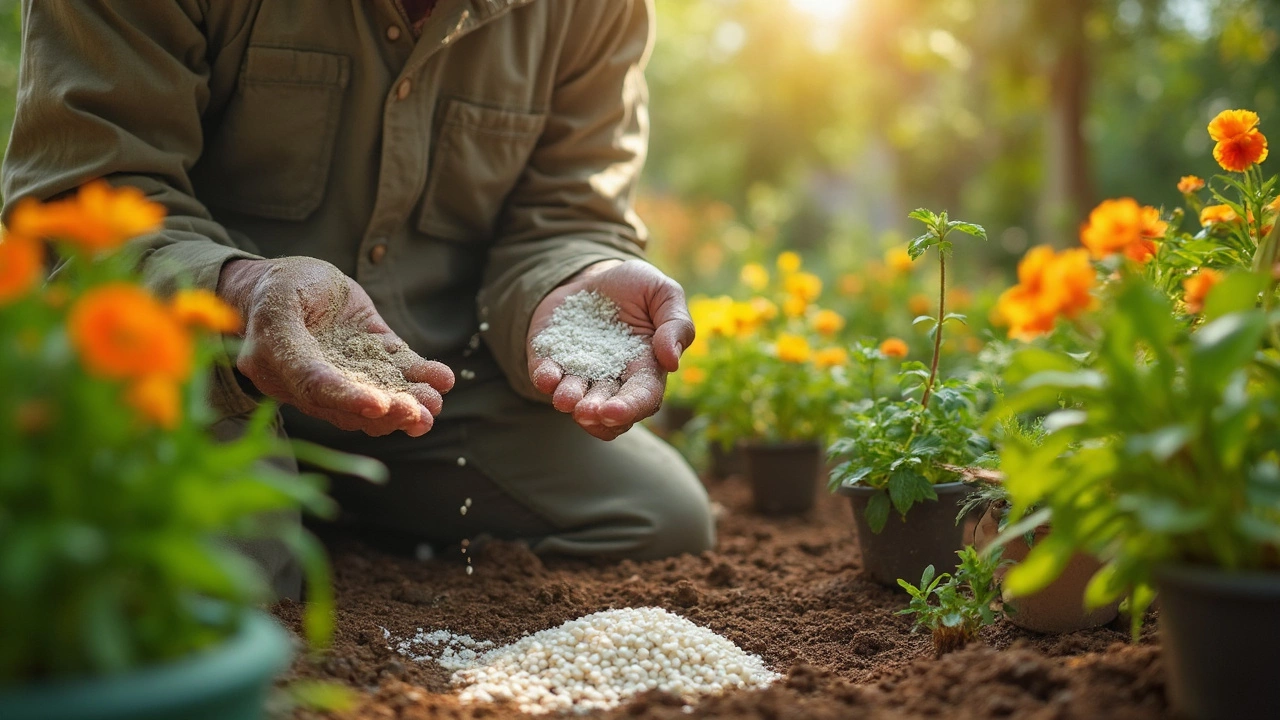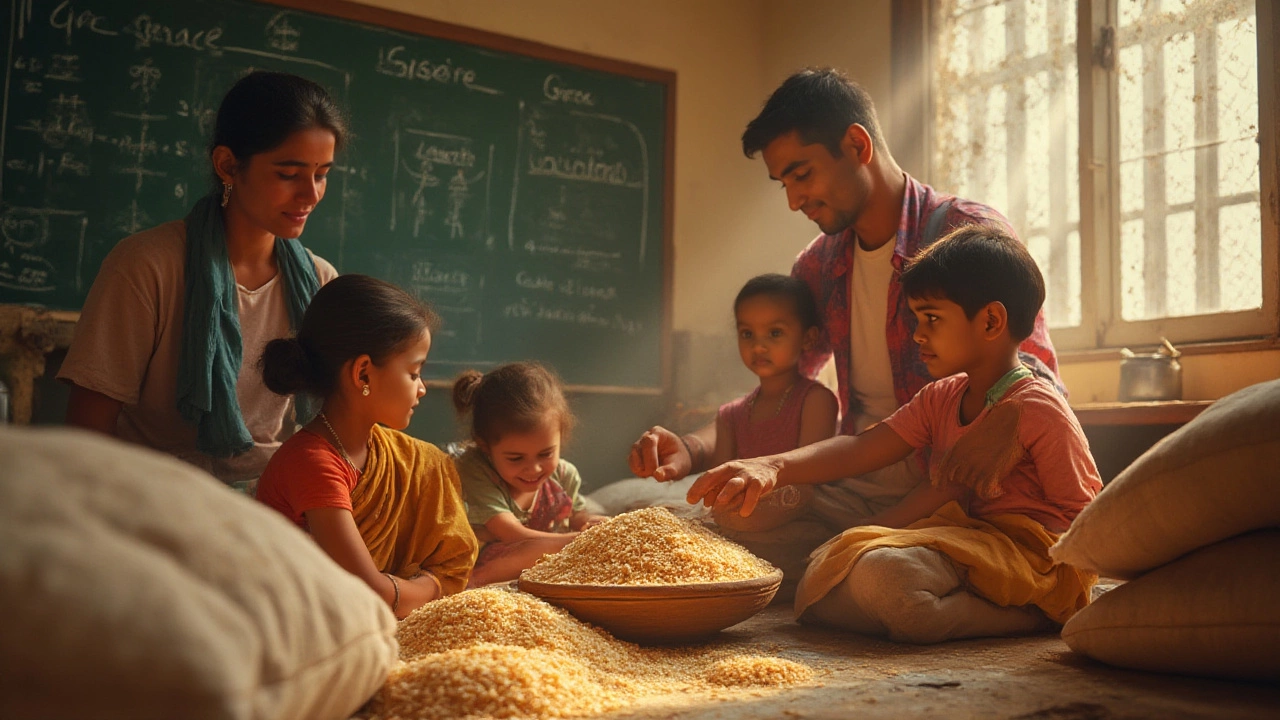Saharanpur – Agriculture, Textiles, and Manufacturing Hub
When talking about Saharanpur, a city in Uttar Pradesh famous for its fertile plains and bustling factories. Also known as "Saharanpur City", it sits at the crossroads of agriculture, the cultivation of wheat, sugarcane, and high‑value horticultural crops that feed the region, textile industry, a network of handloom and power‑loom units that export fabrics across India, and plastic manufacturing, local plants that process recycled PET and HDPE to supply packaging and automotive markets. Together these sectors create a dynamic ecosystem where farming techniques, fabric design, and polymer processing influence each other daily.
Saharanpur agriculture thrives because the region gets a monsoon‑driven climate and rich alluvial soil. Farmers rely on water‑management tools like drip irrigation, which reduces waste and boosts yields of vegetables and flowers. Recent research shows that no‑till methods improve soil structure, making it easier to grow high‑demand crops such as roses for the Indian floral market. At the same time, textile workshops source natural fibers—especially cotton—grown nearby, linking farm output directly to fabric production. This chain illustrates a semantic triple: Saharanpur agriculture supplies cotton; cotton feeds the textile industry; the textile industry fuels local manufacturing.
Why Saharanpur Matters for Makers and Growers
The city’s manufacturing base isn’t limited to textiles. Plastic factories here respond to global demand for recycled resin, mirroring trends highlighted in 2025 plastic‑industry reports. By converting waste PET into durable packaging, Saharanpur helps reduce landfill pressure while creating jobs for skilled operators. Likewise, the region’s skilled labor pool, honed by generations of loom work, translates well into newer sectors like automotive component production, as seen in recent declines in car sales nationwide. This creates another triple: Saharanpur’s skilled workforce enables plastic manufacturing; plastic manufacturing meets global resin demand; global demand sustains local employment.
Water management ties all these activities together. Gardeners in Saharanpur practice container‑garden watering schedules, testing soil moisture to avoid over‑watering—techniques that echo the precision needed in drip‑irrigated farms and industrial cooling systems. When soil dries out, rehydration methods—such as mulching under drip lines—restore moisture quickly, a tip that both home growers and large‑scale producers can apply. The link forms a third triple: Saharanpur water management improves garden health; improved garden health teaches efficient irrigation; efficient irrigation supports agricultural and industrial productivity.
Beyond the fields and factories, Saharanpur’s cultural heritage fuels its economic identity. The city is renowned for its silk and brocade textiles, often showcased in national fashion weeks. These fabrics, combined with the region’s emerging high‑tech plastic products, position the city as a bridge between traditional craftsmanship and modern manufacturing. Readers will find articles that dive into container garden watering, the rise of no‑till gardening, the latest plastic‑in‑demand trends, and how Saharanpur’s textile legacy shapes today’s fabric market.
Below you’ll discover a curated collection of guides, case studies, and practical tips that reflect Saharanpur’s blend of agriculture, textile art, and manufacturing know‑how. Whether you’re a farmer looking for drip‑irrigation tricks, a designer hunting fresh fabric sources, or an entrepreneur eyeing plastic‑recycling opportunities, the posts ahead offer real‑world insights you can act on right away.
Which City in India Is Famous for Wooden Furniture? Unpacking the Country's Top Craft Hub
Ever wondered which Indian city is at the heart of wooden furniture craft? This article uncovers the city that's earned a big name in furniture making, explains how it rose to fame, shares tips on spotting high-quality wooden pieces, and unpacks why buyers from across India flock to this destination. You'll learn what kind of furniture styles thrive here and how the local industry shapes national trends. If you care about craftsmanship, home decor, or just want strong furniture that'll last decades, this guide will help you know where to look.
- manufacturing
- India
- food processing
- garden tips
- rice cultivation
- government schemes
- balcony garden
- urban gardening
- balcony gardening
- profitable business
- business ideas
- plastic manufacturing
- drip irrigation
- plant care
- steel manufacturing
- sustainable gardening
- startup ideas
- steel industry
- flower gardening
- textile manufacturers






